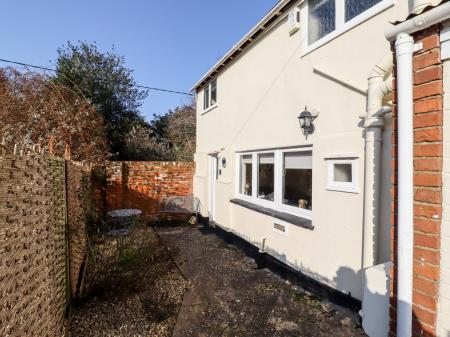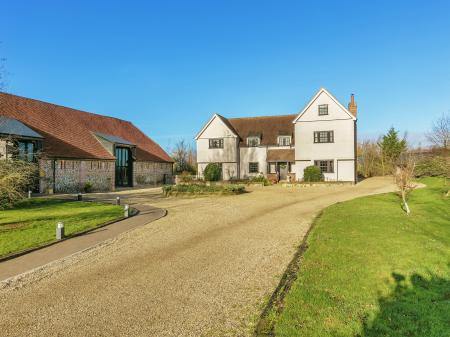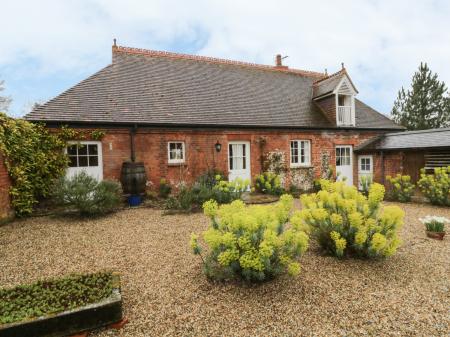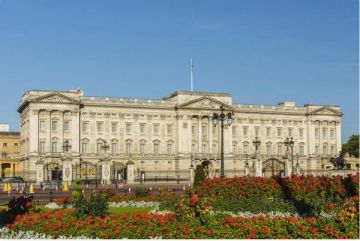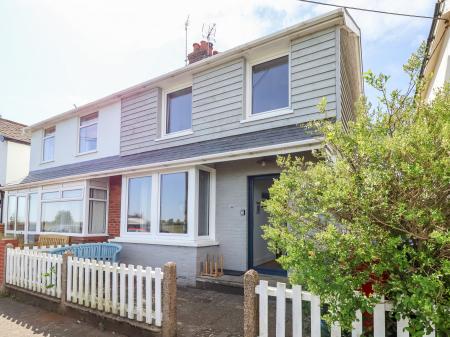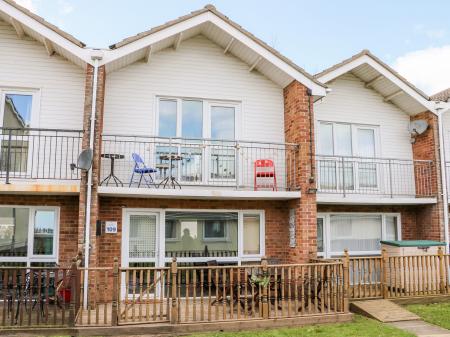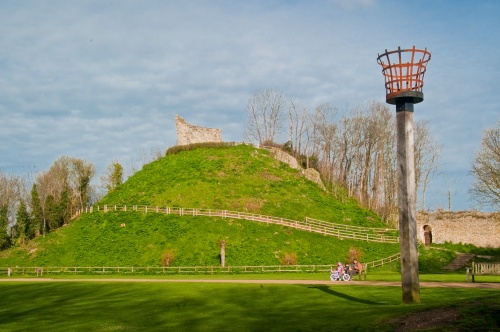
History
After the Norman Conquest, William the Conqueror granted the manor of Clare to his cousin Richard Fitzgilbert. Richard began construction of a castle mound to protect his new territory. The motte still stands, with remnants of a later medieval stone keep and sections of walls. A spiral path leads to the top of the castle mound and offers wonderful views across the village.
The castle grounds have been converted to a country park, and near the base of the mound is a historic railway station, now decommissioned. Earthworks surrounding the castle site are thought to be Saxon.

A short walk through the country park brings you to Clare Priory, founded in 1248. The priory was dissolved by Henry VIII, but in 1953 a new friary was established, and Clare is now the mother house of Augustinian Friars in the UK.
The ruins of the old priory church lie in lovely gardens within the grounds of the current friary. Within the priory church ruins are the graves of Joan of Acre (d. 1307) and her son Lionel, Duke of Clarence (d. 1368). The lovely medieval priory chapel is regularly open to visitors.

Clare Church
In the centre of the village is the imposing parish church, dedicated to St Peter and St Paul. This is one of the largest churches in Suffolk. The interior is light and spacious, mostly because William Dowsing, that enthusiastic destroyer of church finery, wreaked havoc on the medieval stained glass in 1644.
Dowsing claimed to have destroyed over 1000 stained glass images at Clare, which seems a trifle, shall we say, overstated, even for a church the size of Clare's. St Peter and St Paul's was listed in the Simon Jenkins' book, England's Thousand Best Churches.

Ancient House
Immediately beside the church is Clare Ancient House, a magnificent 15th-century timber-framed cottage, noted for its superb plasterwork. Part of the building houses the village museum, while the other half is rented out for holiday accommodation by the Landmark Trust.
There is a very nicely signposted town trail, which is very helpful for pointing out many of the other historic buildings surrounding the town centre.
Clare is a delightful town, and it is hard to think of one with more historical interest packed into such a small area.


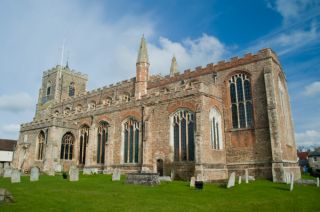







 We've 'tagged' this attraction information to help you find related historic attractions and learn more about major time periods mentioned.
We've 'tagged' this attraction information to help you find related historic attractions and learn more about major time periods mentioned.